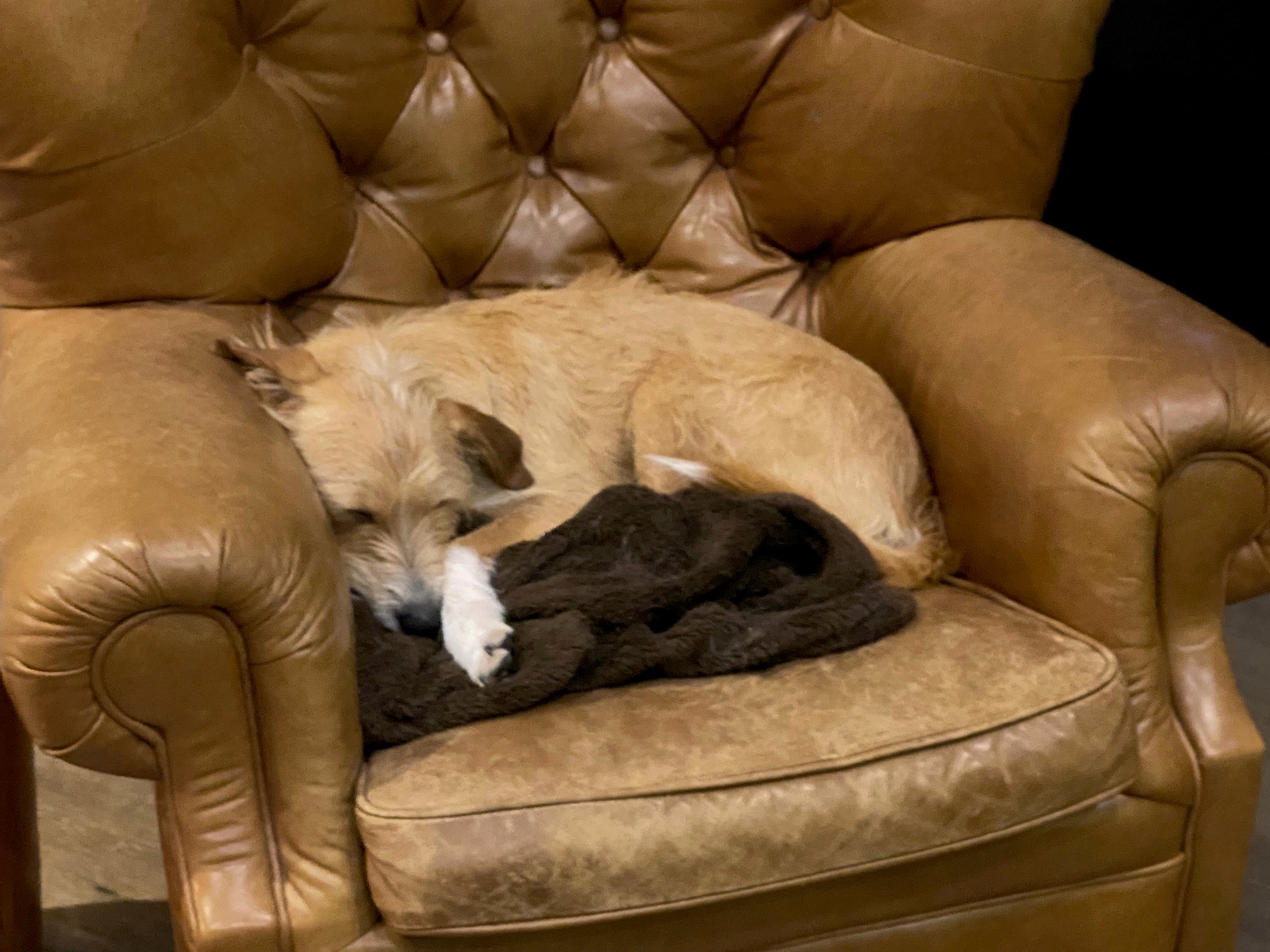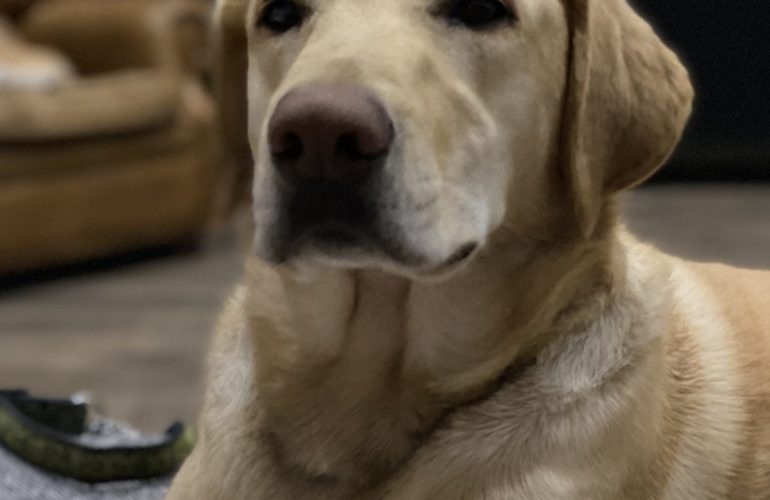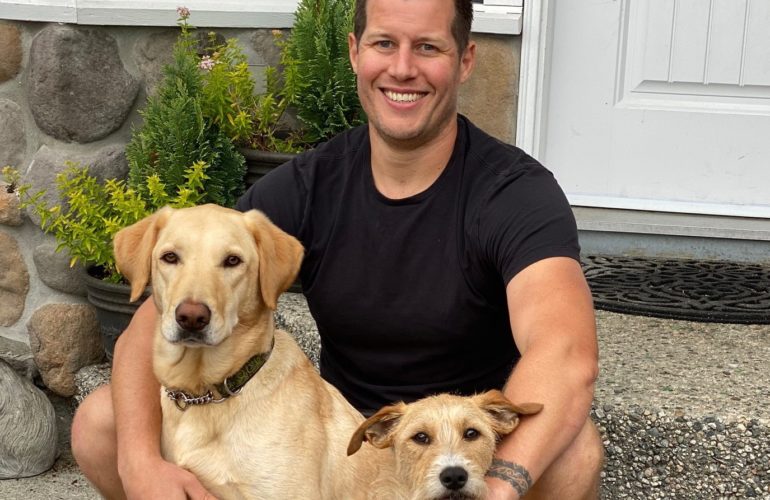A New Option for Your Dog’s Spay: Now Offering Laparoscopic “L’OVE” Spays at Sea to Sky Veterinary
At Sea to Sky Veterinary Clinic, we’re always looking for ways to improve comfort, care, and outcomes for our patients. That’s why we’re excited to now offer laparoscopic spay surgery—a minimally invasive alternative to the traditional spay—for eligible dogs.
This modern technique, also known as a Laparoscopic Ovariectomy (or L’OVE Spay for short), is performed by an experienced veterinarian with specialized training in laparoscopic procedures and is excited to offer this advanced surgical option.
🐾 What Is a Laparoscopic Spay?
Unlike a traditional spay, which requires a larger incision through the abdominal wall to remove both the uterus and ovaries, a laparoscopic spay involves the removal of only the ovaries—through two small incisions, using a tiny camera and specialized instruments.
This technique is commonly used in human medicine and has been standard practice in many parts of Europe for decades. The procedure provides the surgeon with a magnified, internal view of the abdominal cavity, allowing for precise and controlled removal of the ovaries with minimal tissue trauma.
🐶 Why Choose a Laparoscopic Spay?
For some dogs, this approach can offer several benefits:
- Less post-operative discomfort
The ovarian ligament is sealed and cut—rather than torn—reducing bruising and internal trauma. - Faster healing time
Most dogs recover quickly and comfortably, often seeming back to normal within 24 hours. (Though we still recommend a week of leashed walks and e-collar use at home.) - Smaller incisions = smaller scars
The surgery involves one 5mm incision and one 12mm incision (15mm for dogs over 45kg). - Minimally invasive = less stress
The reduced trauma to tissues can mean less inflammation, a lower risk of complications, and a smoother recovery.
🐕 Is It Right for My Dog?
Laparoscopic spays are best suited for dogs over 15kg, especially those who:
- Have already gone through a heat cycle
- Have had a previous litter
- Are considered large or giant breeds
Smaller dogs and younger puppies may still be better candidates for a traditional spay, which we continue to recommend and perform with care and compassion for the vast majority of our patients.
🌀 What About Gastropexy?
For deep-chested dogs (like Great Danes, Weimaraners, German Shepherds, Standard Poodles, and others), we can also perform a gastropexy via laparoscopy!
This involves tacking the stomach to the abdominal wall to prevent gastric dilatation-volvulus (GDV)—a dangerous condition where the stomach can twist. It’s a simple but impactful procedure that may offer peace of mind for at-risk breeds.
Recovery from gastropexy can be a little more involved (a third incision, extra post-op care, and more diligent e-collar use), but many owners feel it’s well worth it.
✂️ Anything Else I Should Know?
Yes—there will be a “funky haircut” involved! Because of the surgical site and the use of a camera, your dog’s belly will need to be shaved more widely than in a traditional spay. But don’t worry—they’ll still be adorable.
💬 Curious if a L’OVE Spay is Right for Your Dog?
If you’re interested or just want to learn more, feel free to give us a call. We’d be happy to help determine which surgical option is the best fit for your pet’s age, breed, and health history.
We’re proud to continue offering both traditional and laparoscopic spay options, depending on your dog’s needs—and your preferences.
Minimally invasive. Modern. Made with L’OVE.
Let us know if you’d like to book a consultation or chat more about whether your pup is a good candidate.



